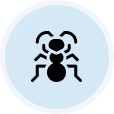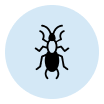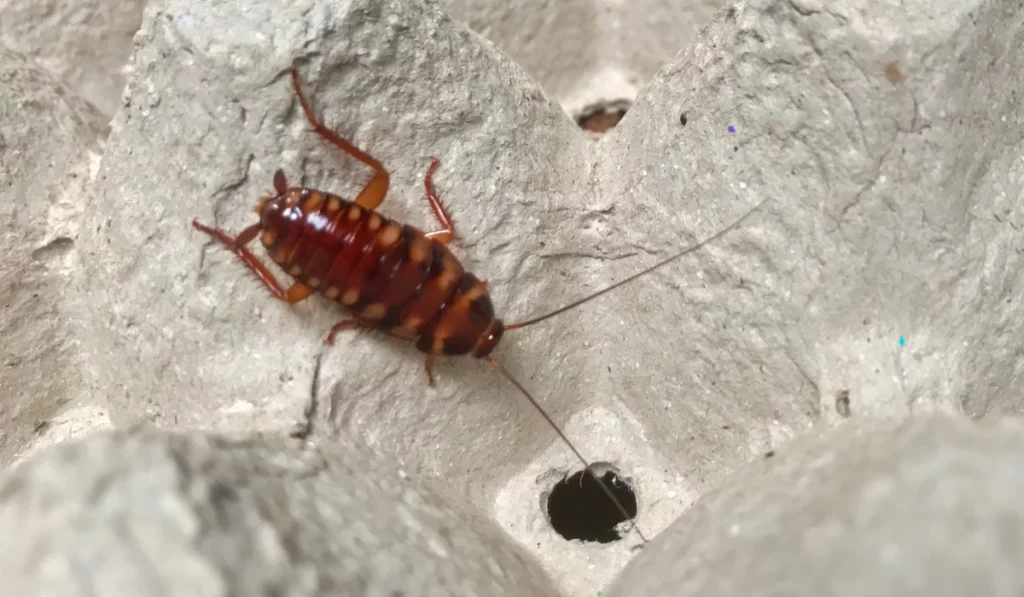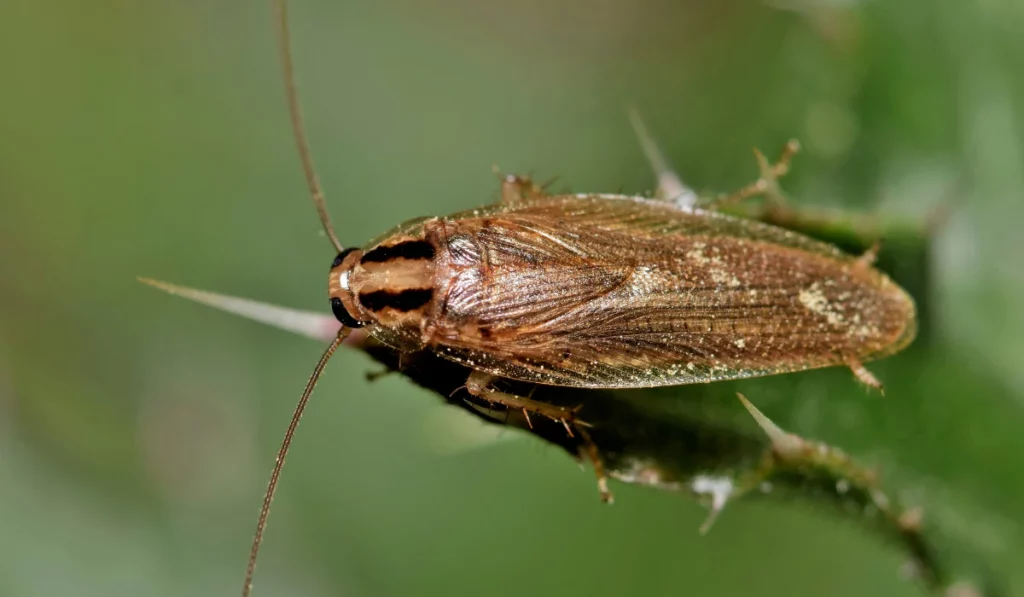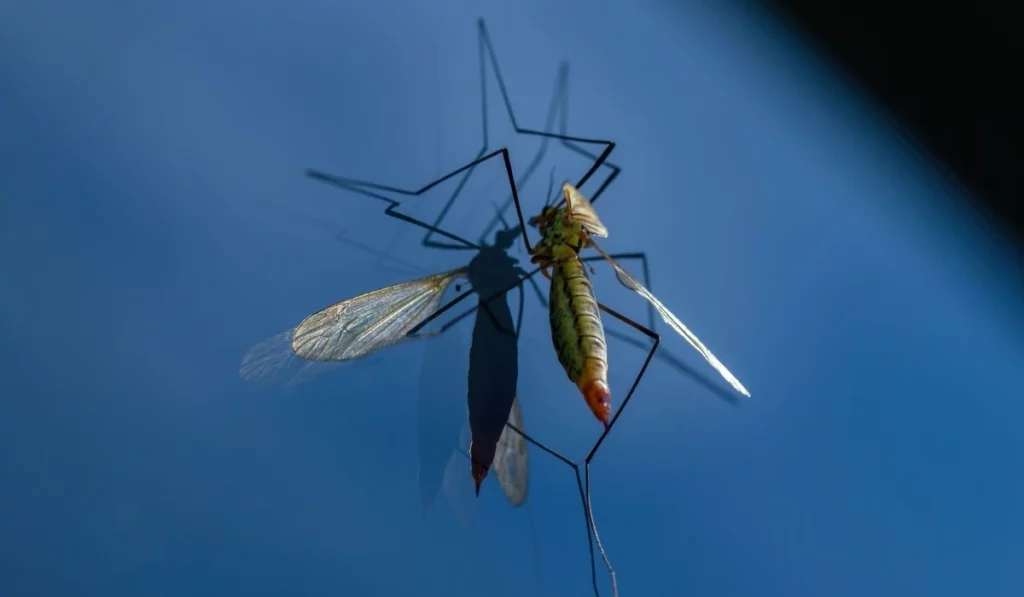Ever wonder what types of spiders call California home? With its diverse climate and landscape, the Golden State is a hotspot for various arachnids. These common house spiders range from harmless garden dwellers to the more infamous black widow.
Curious about which eight-legged critters might be lurking in your backyard? Stay with us to learn more about these California spiders.
Key Takeaways
- California has many spider species, like the Black Widow, Brown Recluse, and Orb-Weaver, each with traits.
- Most spiders, such as Wolf Spiders and Jumping Spiders, are harmless, but venomous ones like Black Widows need care.
- Simple, non-toxic methods, such as using a jar and paper, can safely remove spiders from your home.
- Professional pest control services can best handle severe infestations or danger from venomous bites.
Common Spider Species Found in California
California’s diverse climate and habitat make it home to many species of spiders. Here are some common spiders you might encounter in the state:
Black Widow Spiders

The Black Widow Spiders are identified by their shiny black bodies and distinctive red hourglass markings on the underside of their abdomens. This venomous spider is among California’s most recognized spiders.
The female Black Widow is larger than the male and has distinctive red hourglass markings, while males may have less vivid or incomplete markings.
Brown Recluse Spiders

Although Brown Recluse Spiders are more common in the central and southern United States, occasional sightings in California are mostly due to accidental human transportation. Their relative, the Desert Recluse, is native to the southern parts of the state. Recognizable by a violin-shaped dorsal marking, they favor warm, dry, and undisturbed locations. Despite their shy nature, they can bite humans.
Wolf Spiders

Wolf Spiders are robust and agile hunters found throughout California. They are often mistaken for tarantulas due to their hairy appearance.
Unlike web-building spiders, they roam ground surfaces actively hunting for prey, which includes insects and small vertebrates. Their excellent eyesight and quick reflexes make them proficient hunters. They are harmless to humans, preferring solitude.
Orb-Weaver Spiders

The Orb-Weaver Spiders are famous for their intricate and symmetrical circular webs, often seen glistening in the morning dew. One common type is the Garden Spider, easily recognized by its large body and vivid colors.
These spiders play a crucial role in the ecosystem by controlling insect populations. They’re non-aggressive to humans and typically set up their webs in gardens, fields, and forests.
Yellow Sac Spiders

Yellow Sac Spiders, often pale yellow and small, are common in California’s indoor and outdoor settings. They get their name from the silken tube or sac they spin and hide in during the day.
While yellow sac spiders can bite, resulting in minor irritation, they are generally harmless. They’re more likely to invade homes during cooler months or when searching for food.
Jumping Spiders
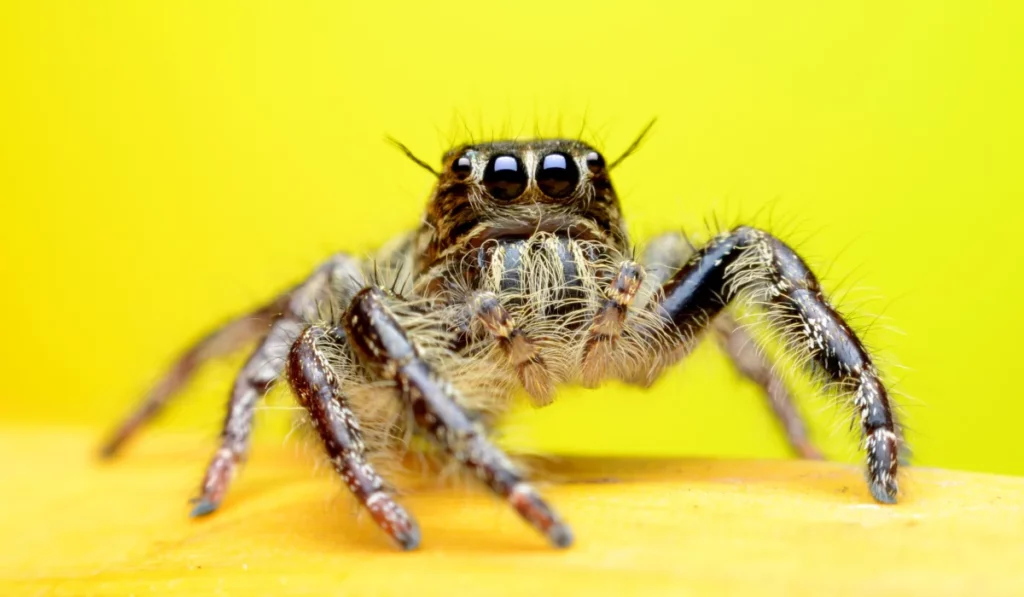
Jumping Spiders are known for their vibrant colors and incredible jumping abilities. They have excellent vision and are active hunters rather than web spinners.
These spiders are curious and often turn to face intruders, a behavior that endears them to many. Found in various habitats, from forests to urban areas, they’re non-threatening to humans and fascinating to observe.
Cellar Spiders

Sometimes called Daddy Longlegs, Cellar Spiders have long, delicate legs but relatively small body lengths, usually around 0.2 to 0.4 inches.
Commonly seen in the corners of ceilings, they thrive in dim, humid environments such as basements and cellars. These spiders often carry their egg sacs in their webs or even in their mouths, adding to their visibility in homes.
Banded Garden Spiders
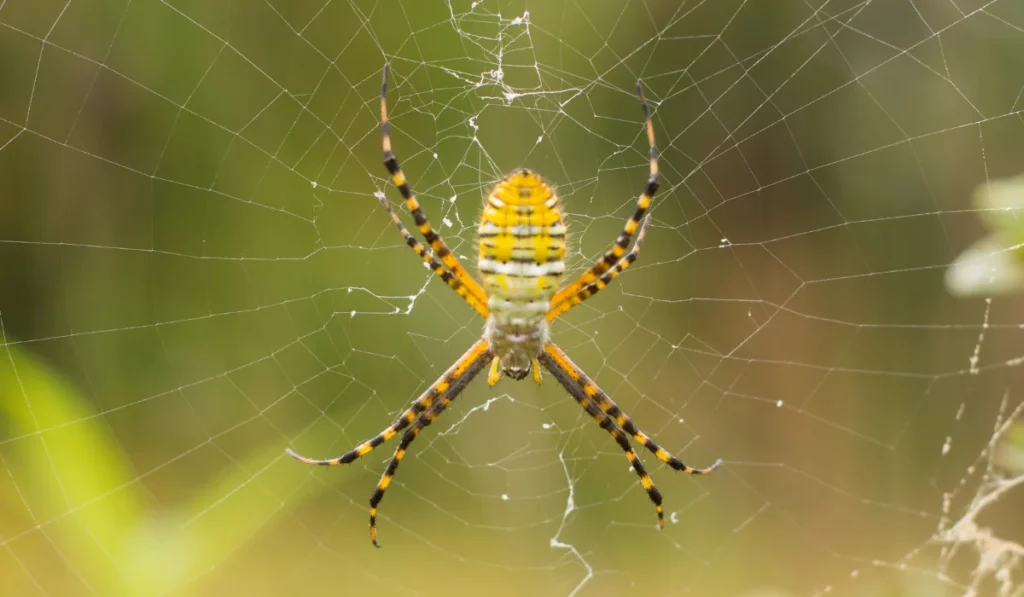
The Banded Garden Spiders are known for striking black, white, and yellow markings. These spiders are typically found in gardens and fields, building large, orb-shaped webs.
Despite their vivid appearance, they are not aggressive and pose no threat to humans. Their webs can be quite a spectacle in a sunlit garden, making them an interesting and harmless part of California’s natural landscape.
Brown Widow Spiders

The Brown Widow Spiders are a relative newcomer to California, noted for their orange-brown color and orange hourglass marking. They’re less aggressive and venomous than their Western Black Widow relatives.
Though their venom is less potent, their bites can still cause discomfort. Increasing occurrences, particularly in Southern California, make them a noteworthy example of urban wildlife.
Grass Spider

Grass Spiders are known for their funnel-shaped webs, often found in grass and bushes. They’re swift, with excellent agility, and use their webs to ambush insects like grasshoppers and flies.
They sometimes hang upside down near the entrance of their web to surprise prey. These spiders are characterized by their dark stripes running down their brown bodies.
False Black Widow Spider
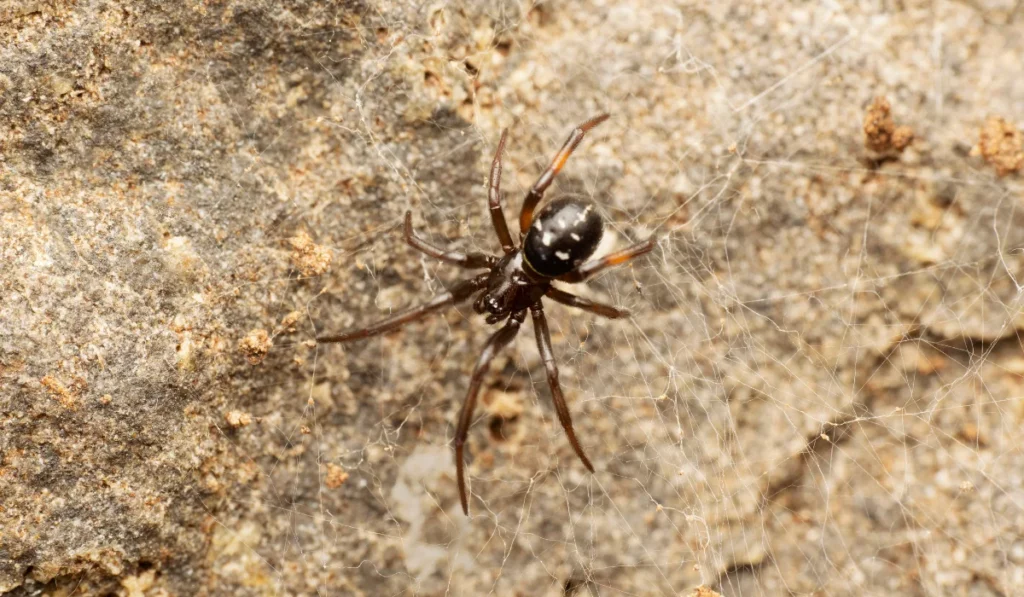
The False Black Widows are distinct yet often mistaken for their more dangerous namesake due to their dark brown color and globe-shaped abdomen. Unlike the true Black Widows, they lack the distinctive red hourglass.
These spiders are common in North America and are frequently found in sheds, garages, and basements. Though they can bite, their venom is much weaker and rarely poses a severe threat to humans.
What to Do If You Find a Spider in Your California Home
If you’ve noticed an uptick in common spider sightings around your California home, knowing how to manage the situation safely and effectively is essential.
Here are some simple, non-toxic methods for removing spiders, as well as when it’s best to call in professional help.
Safely Remove Spiders from Your Home
Many Californians encounter house spiders in attics, closets, or garages. To safely remove them:
- Use a Jar and Paper: Carefully place a jar over the spider and slide a piece of paper underneath. Carry it outside and release it far from the home.
- Vacuum Them Up: A vacuum is useful for reaching spiders in hard-to-reach spots. Dispose of the bag afterward to prevent re-entry.
- Get Rid of Small Insects: Spiders often hunt for small insects. Reduce crumbs and food debris to limit their food source.
- Keep Spaces Clean: Clear the clutter in attics or garages to make them less inviting to spiders.
Know When to Call Pest Control for Spiders
If you have spider bites that need medical attention, it’s best to call professional pest control. At Simple Pest Management, our expert exterminators can assess the extent of spider activity in your home and deliver targeted treatments to keep these creepy crawlers at bay.
Besides spiders, do you need help with other common pests, such as cockroaches, fleas, and termites? Contact us today for a free estimate!




